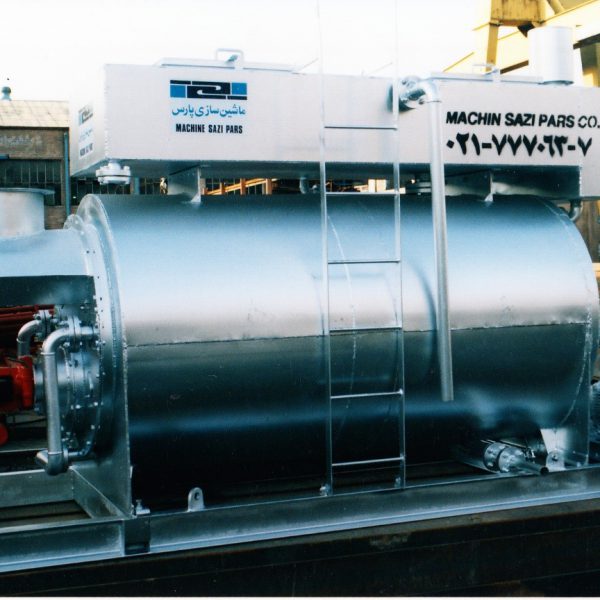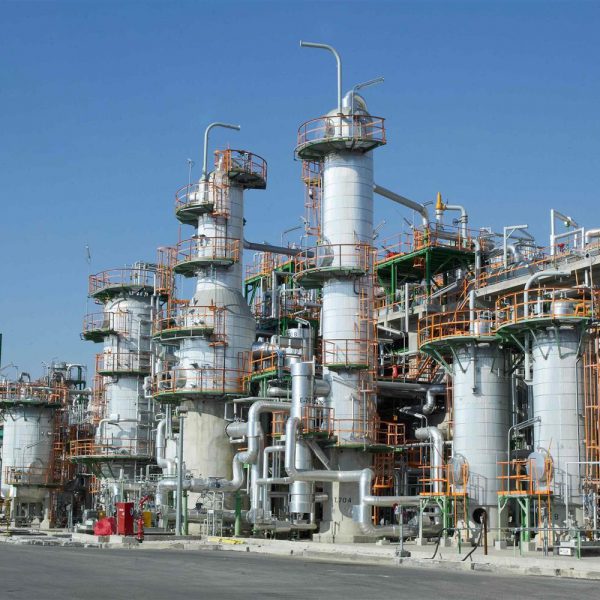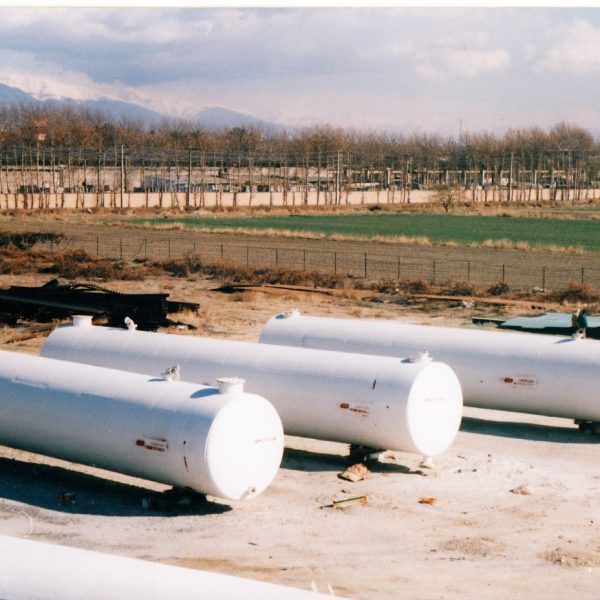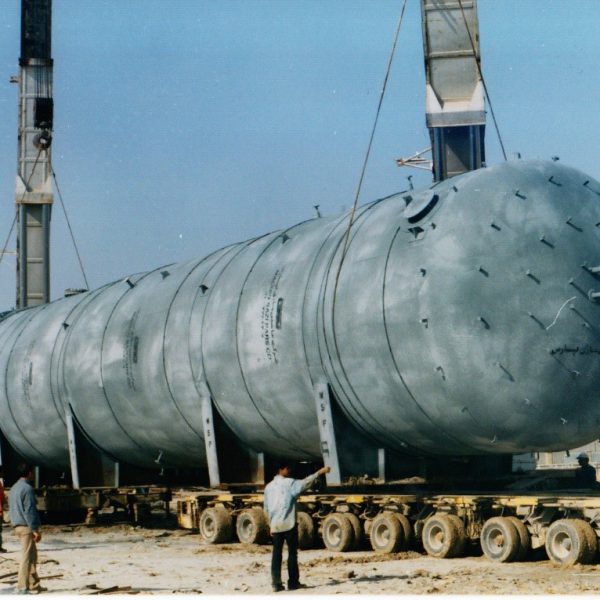Introduction of storage tanks:
One of the important issues in the field of oil extraction, refining and its derivatives industries is the storage of these materials after purification and preparation for consumption. Materials that provide raw materials for refineries and petrochemicals are not quickly used after production. Suitable and safe storage of these materials is one of the most important subjects in the oil, petrochemical and refineries industries. Oil and gas industries need a large number of tanks to store crude oil and gas, as well as various petroleum products. Quantity of these tanks depends on several factors, such as the distance to crude oil supply units, the quantity and capacity of refining units, the variety of manufactured products, and finally the method of transfer and distribution of products..
In the chemical industry, valuable materials, such as petrol or diesel, extract from crude oil in special processes. There are several ways to transfer raw materials from the supply sources to the process unit such as transfer line or tank which is used depends on the conditions Also, the manufactured products are delivered to the internal or international market in different methods..
For many reasons, such as equalization product quality, measuring the quantity of the product for sale, the possibility of loading and transferring it to a tanker or a ship in a minimum time and etc, it is needed that the product should be stored in suitable tanks after production.
- … ..
Types of tanks & Vessels
In general, there is no uniform division for storage tanks. Reservoirs can be classified from different points of view such as pressure, temperature, geometric shape, fluid type, and etc.
Storage tanks:
Storage tanks are designed based on pressure with two different codes, API 650 and API 620. Storage tanks are generally divided into fixed roof tanks, floating roof and open roof tanks. API 650 . API 620 . According to the type of roof, fixed roof tanks are divided into two general categories: Supported and Self Supported, and partially into Cone and Dome types. According to the type of roof, tanks . are divided . Internal and External, and partially into Single Deck and Double Deck. . . . . . . . . . .


Pressured Vessels
Pressure vessels are generally designed according to ASME Section VIII standard. Based on the type of support, pressure tanks are divided into two categories: Horizontal with Saddle or Vertical with Skirt. Pressure vessels are divided into two categories, cylindrical and spherical, based on their geometric shape. All tanks with the names of Vessel, Drum, and Column are all considered as pressure tanks. The types of heads used in pressure tanks are: Elliptical, Torispherical, Hemispherical, Flat, Conical and Body Flange . . . . . . .. . . ، . ، . . . .





